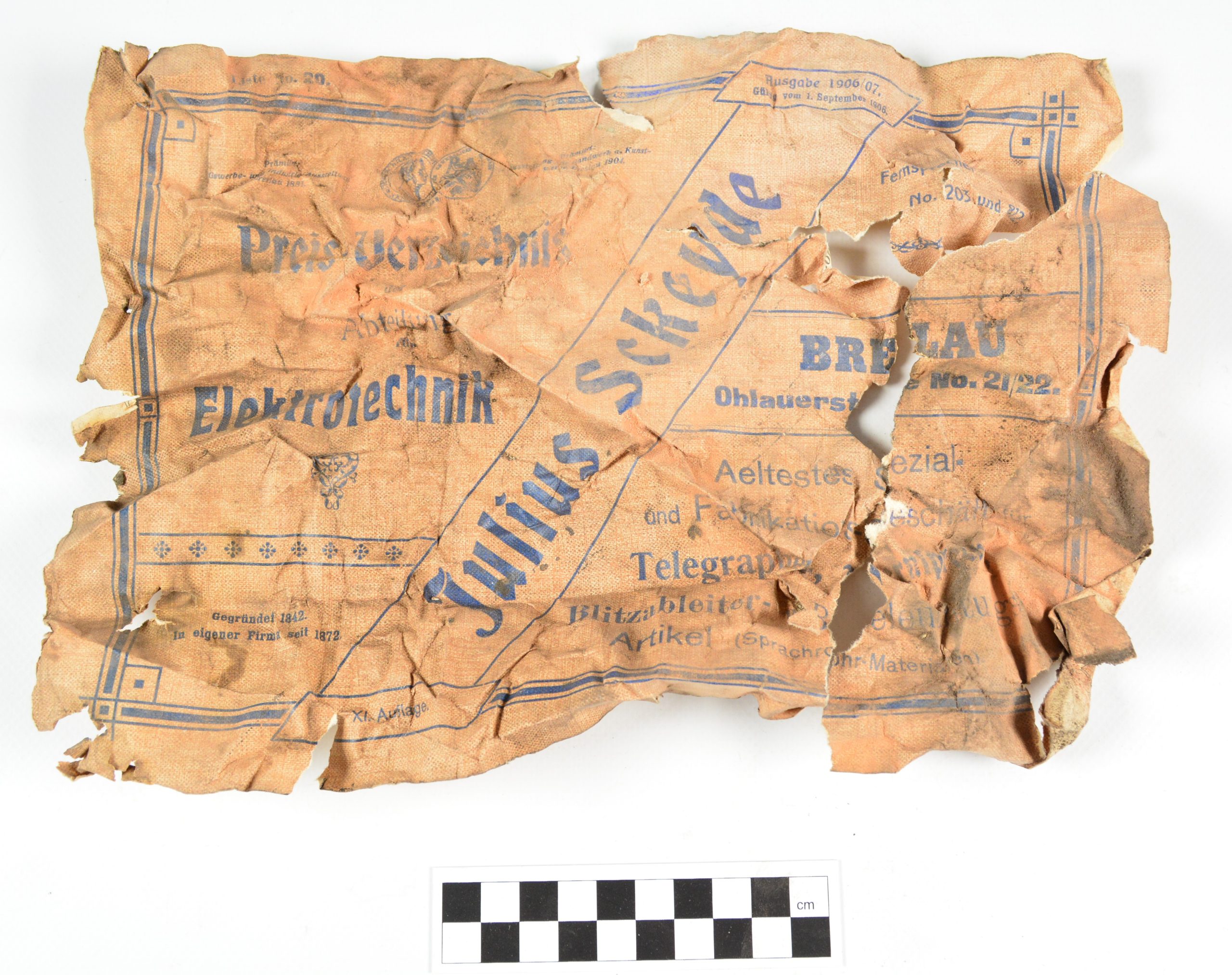
Secrets of the Historical Institute
The ongoing comprehensive renovation of the Historical Institute building at ul. Szewska 49 provides an opportunity to gain an in-depth insight into the history of the building dating back several hundred years. As work is being carried out, rubble backfill is being reviewed and examined, but also construction elements (planks, beams, battens). These bear not only technical markings, but also the signatures of the craftsmen who worked on previous repairs and alterations to the building. The gallery presented here contains photographs of the most interesting artefacts found during the last few months.
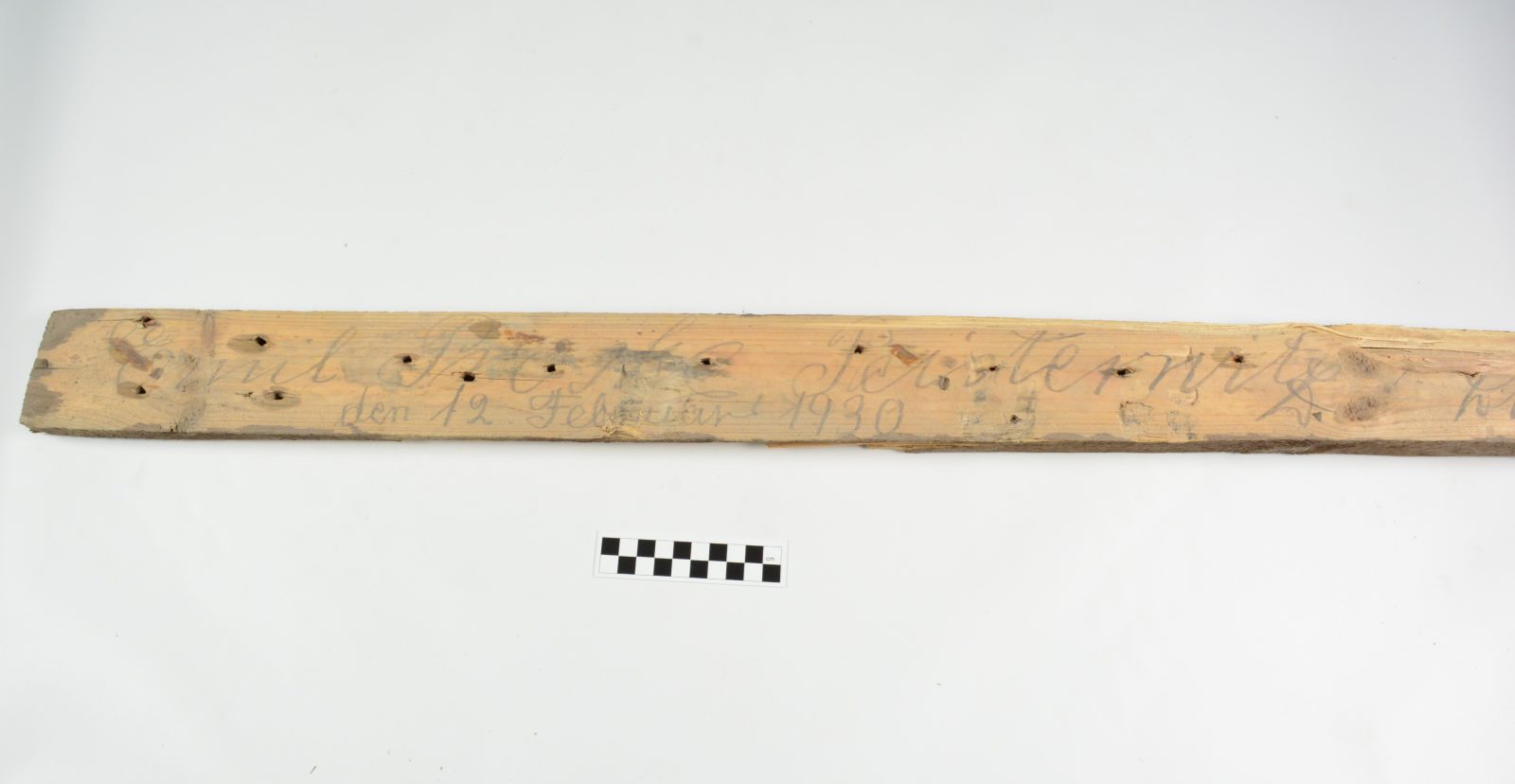
One of the battens nailed to the ceiling beam was signed by Emil Proske, a carpenter from Bystrzyca near Oława (Peisterwitz). From the date he put on it (11.02.1930), we can deduce that the work was connected with adapting the building for the teaching needs of the Silesian Friedrich Wilhelm University. It was in this year that the building passed into the ownership of the university from the police. Emil Proske was not exactly an anonymous figure. Just a few months later from the date of his signature, 24 August 1930, the carpenter, as a member of the German Communist Party (KPD), was involved in incidents that took place in his home village. Proske, according to surviving information, was said to have been the ringleader and co-organiser of a counter-manifestation of communists who stood up against NSDAP militias who were about to organise a rally meeting in Bystrzyca. Proske, thanks to prior announcements in the press, was to gather 250 communists. According to surviving accounts, the German Nazis had been planning the meeting for a long time, but due to refusals they could not rent a hall in any of the premises in the village. The rally came about thanks to an invitation from the owner of the Edlich sawmill. He was also Emil Proske’s employer. As a result of the incidents, during which the police intervened, Proske, his brother and other German communists were apprehended. On the basis of a trial and court verdict, Proske was found guilty of organising a counter-manifestation, breaking public order and taking a leading role in the whole event. Proske was sentenced to one year and three months in prison and then imprisoned in Brzeg. A personal file of the inmate has been preserved in the State Archive in Opole. It shows that the prisoner had a reputation for being wayward, constantly resisting and lazy. It was assessed that there was no hope for rehabilitation in his case and, in addition, he was said to spread ‘subversive left-wing ideas’ among his fellow inmates. While in prison, Proske went on hunger strike. He was joined by a dozen other prisoners. According to the surviving description, the reason for the strike, according to the inmates, was the unequal treatment of the communists and activists of the National Socialist movement housed in the facility. The latter were to be treated more leniently. After serving his sentence, the carpenter returned to his home village, where he presumably lived until the end of the war. A set of trial records has been preserved in the Berlin archives. An extensive description of the incidents in the village is also included in the personal file kept in the AP in Opole. The court report differs from the press account, which was published in the Breslau daily ‘Arbeiter Zeitung’ a few days after the incidents. Photo: P. Duma.
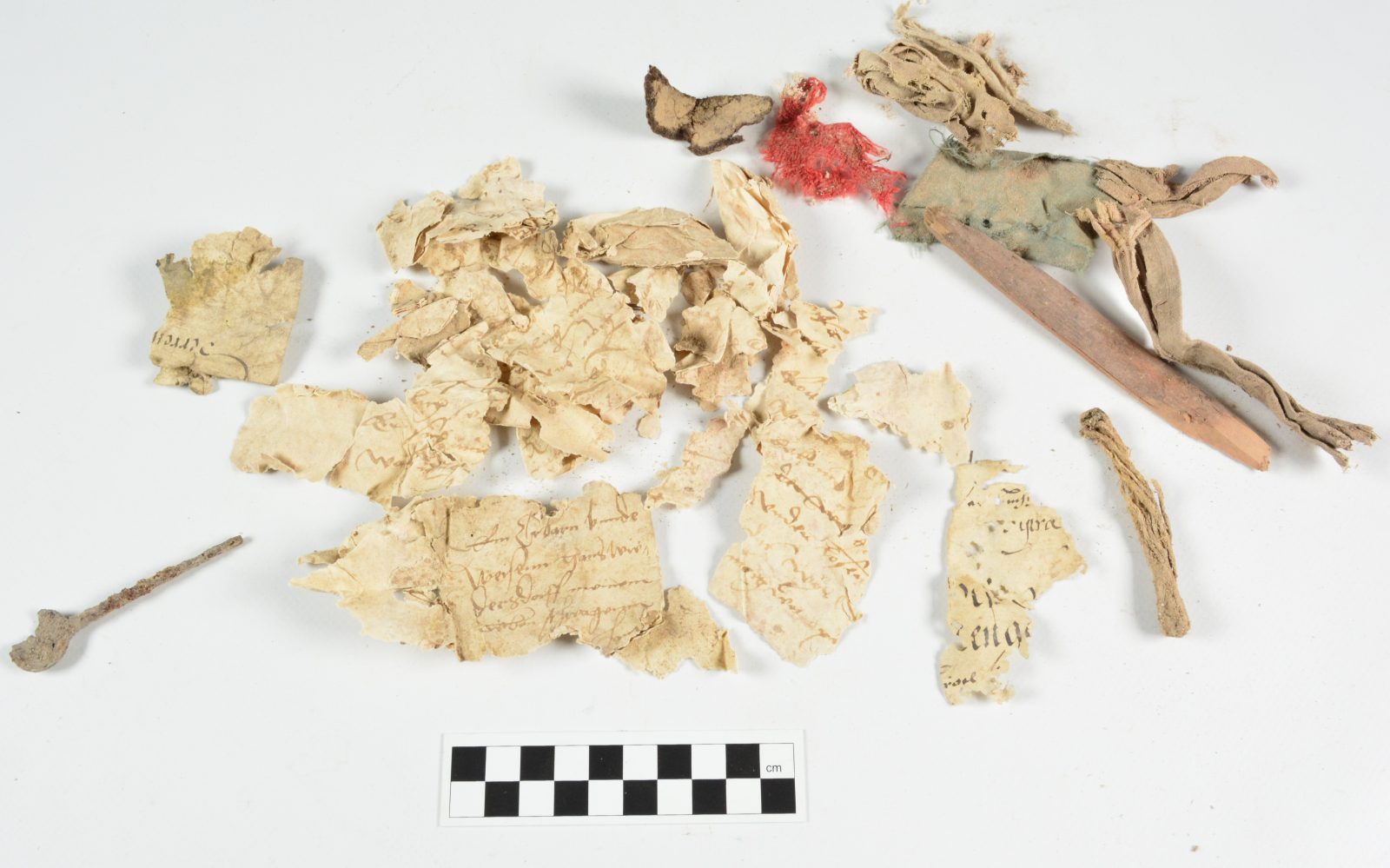
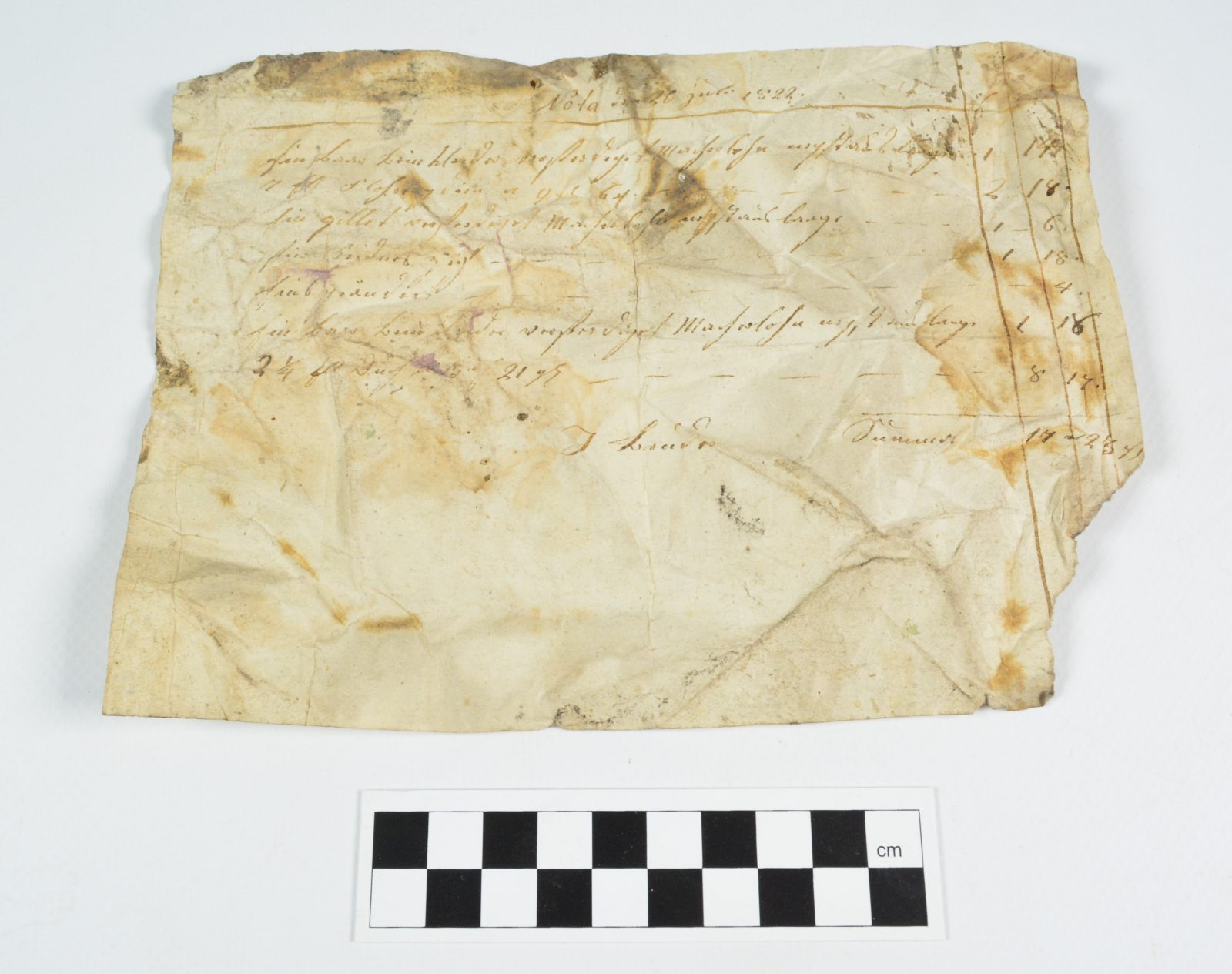
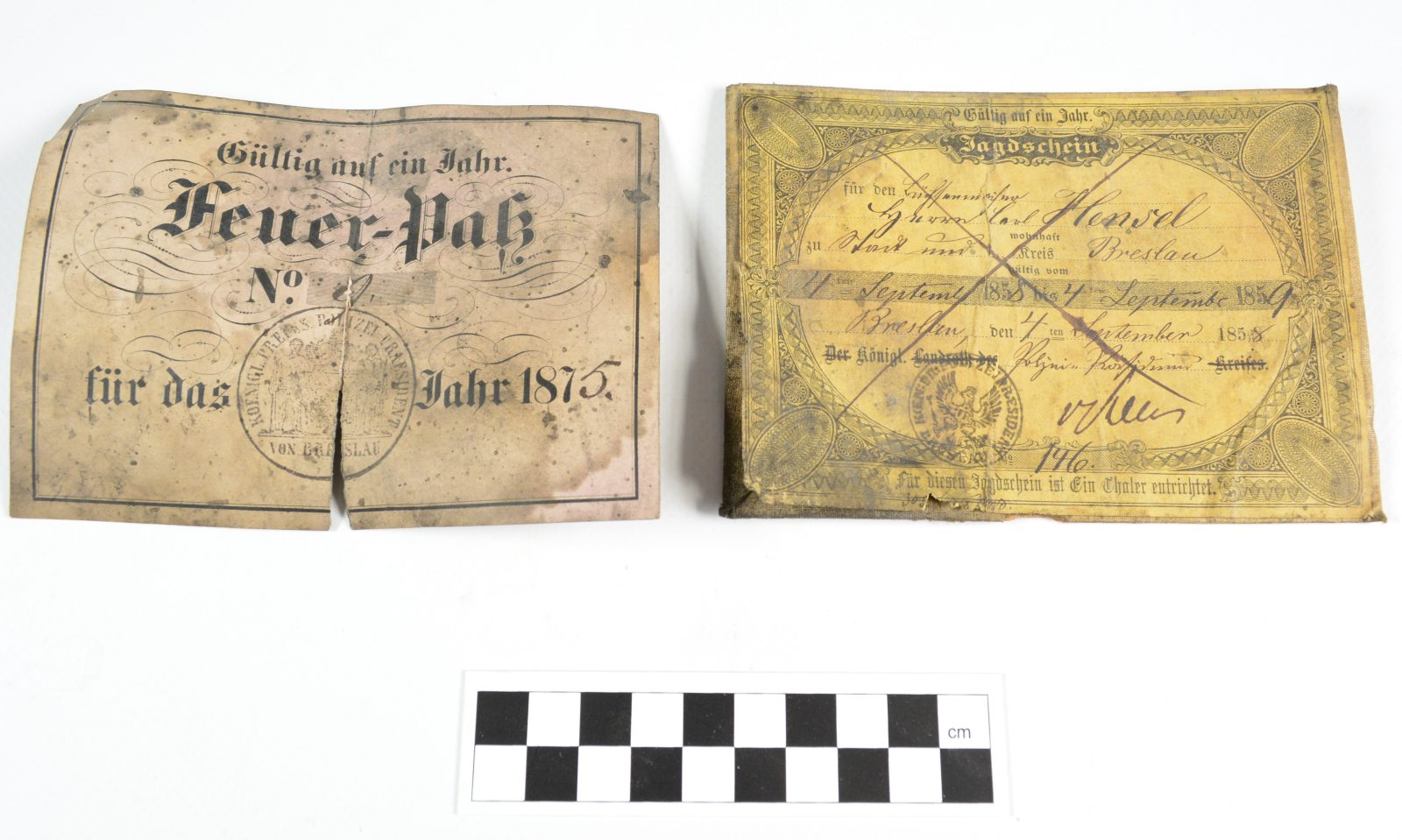
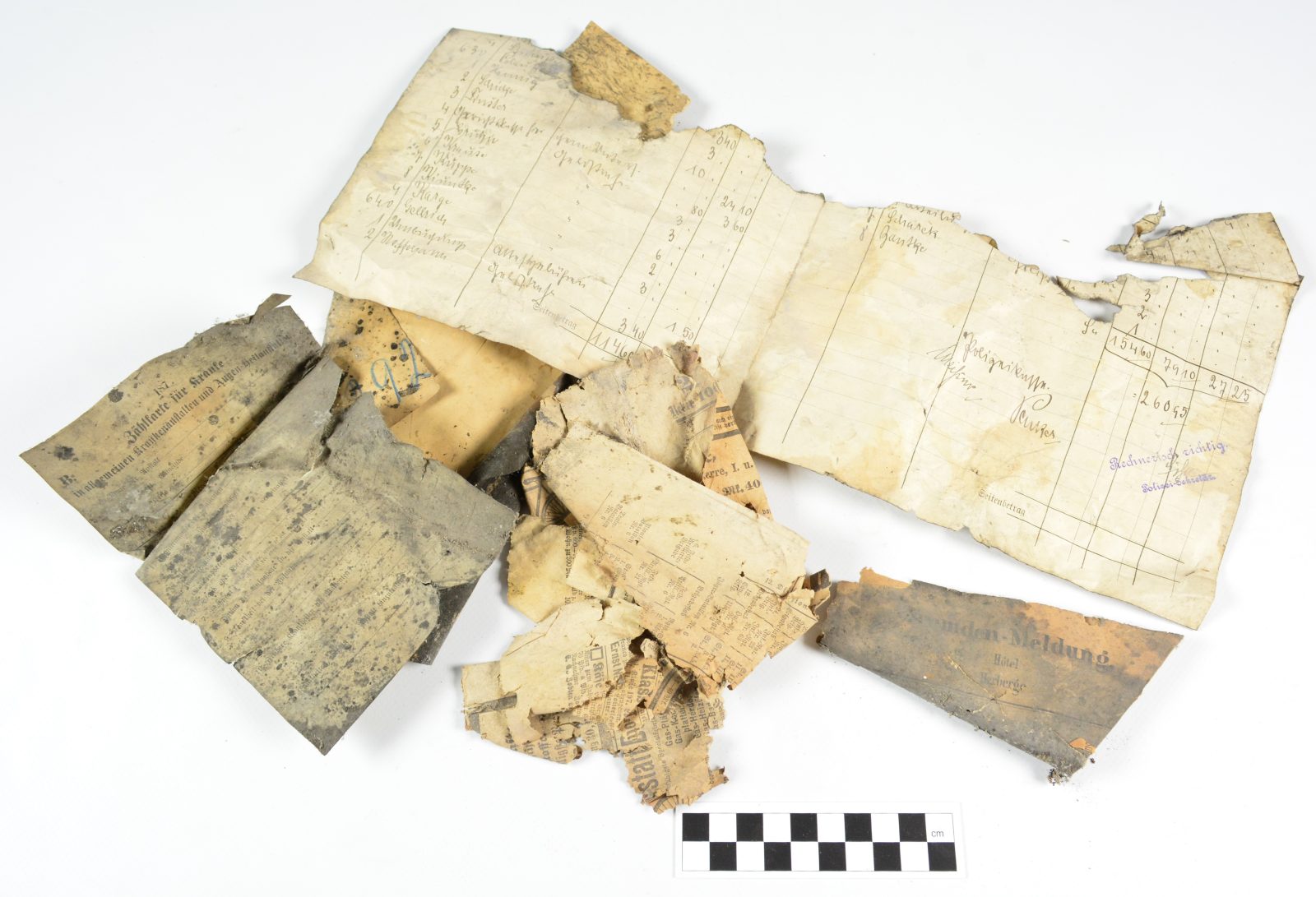
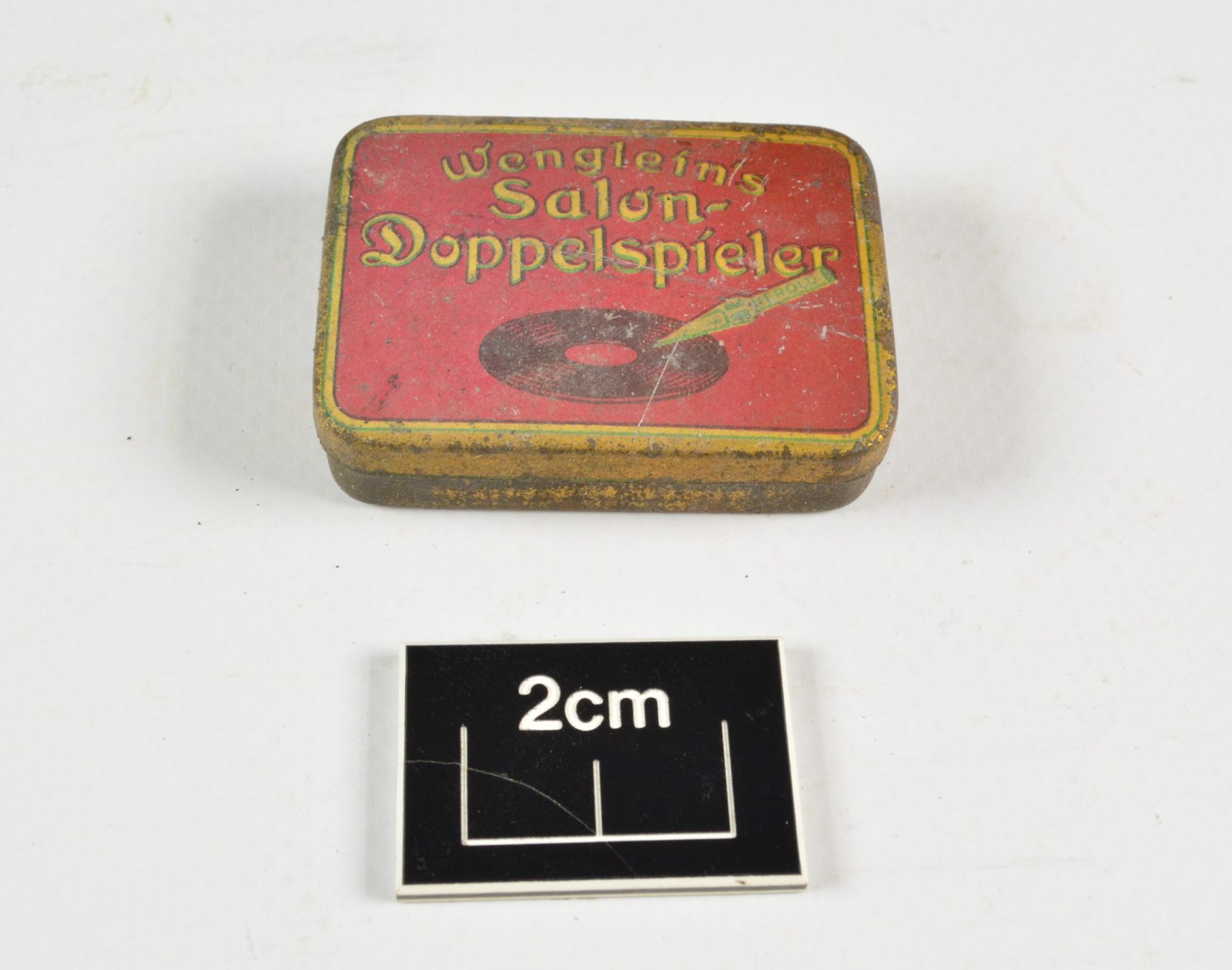
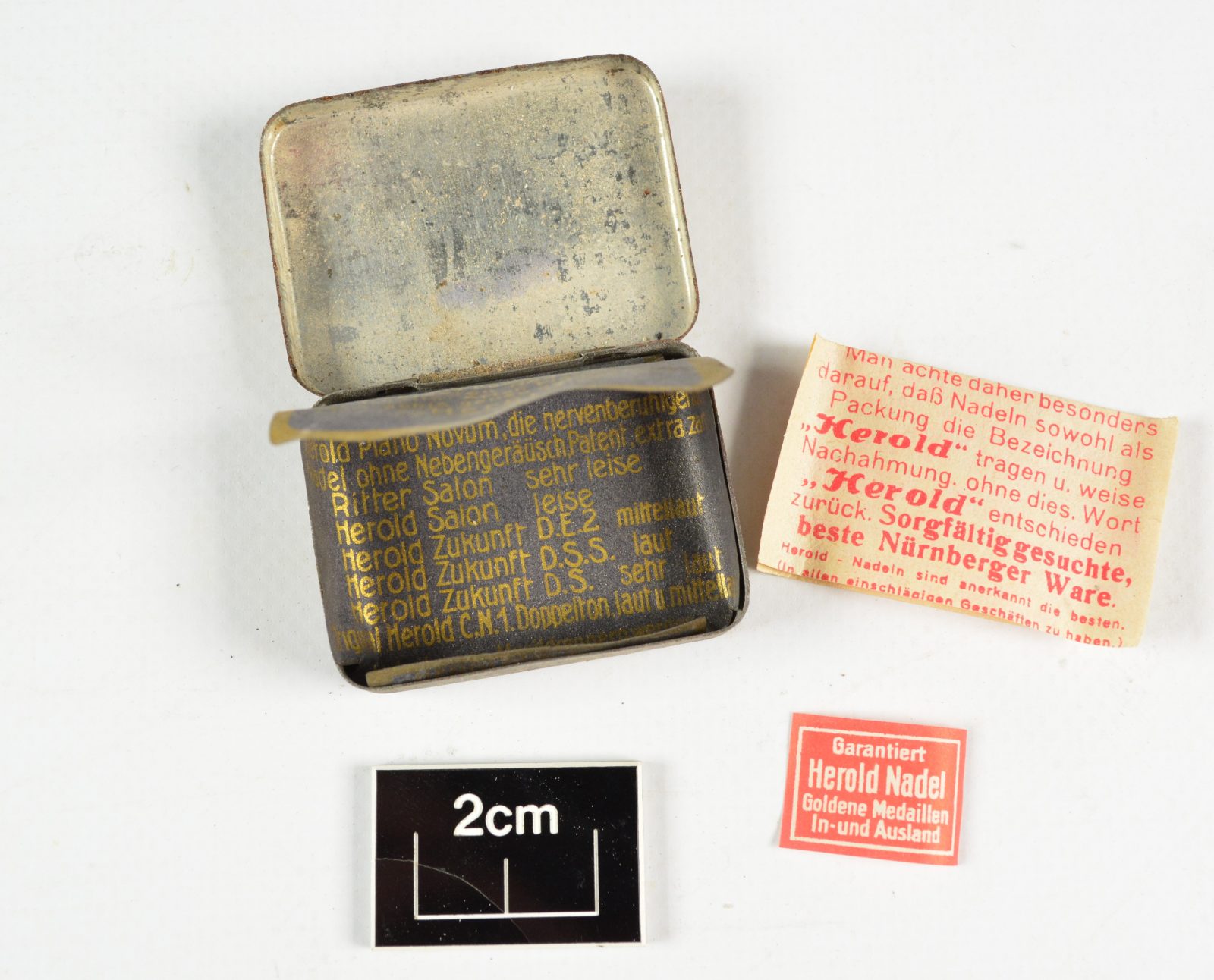
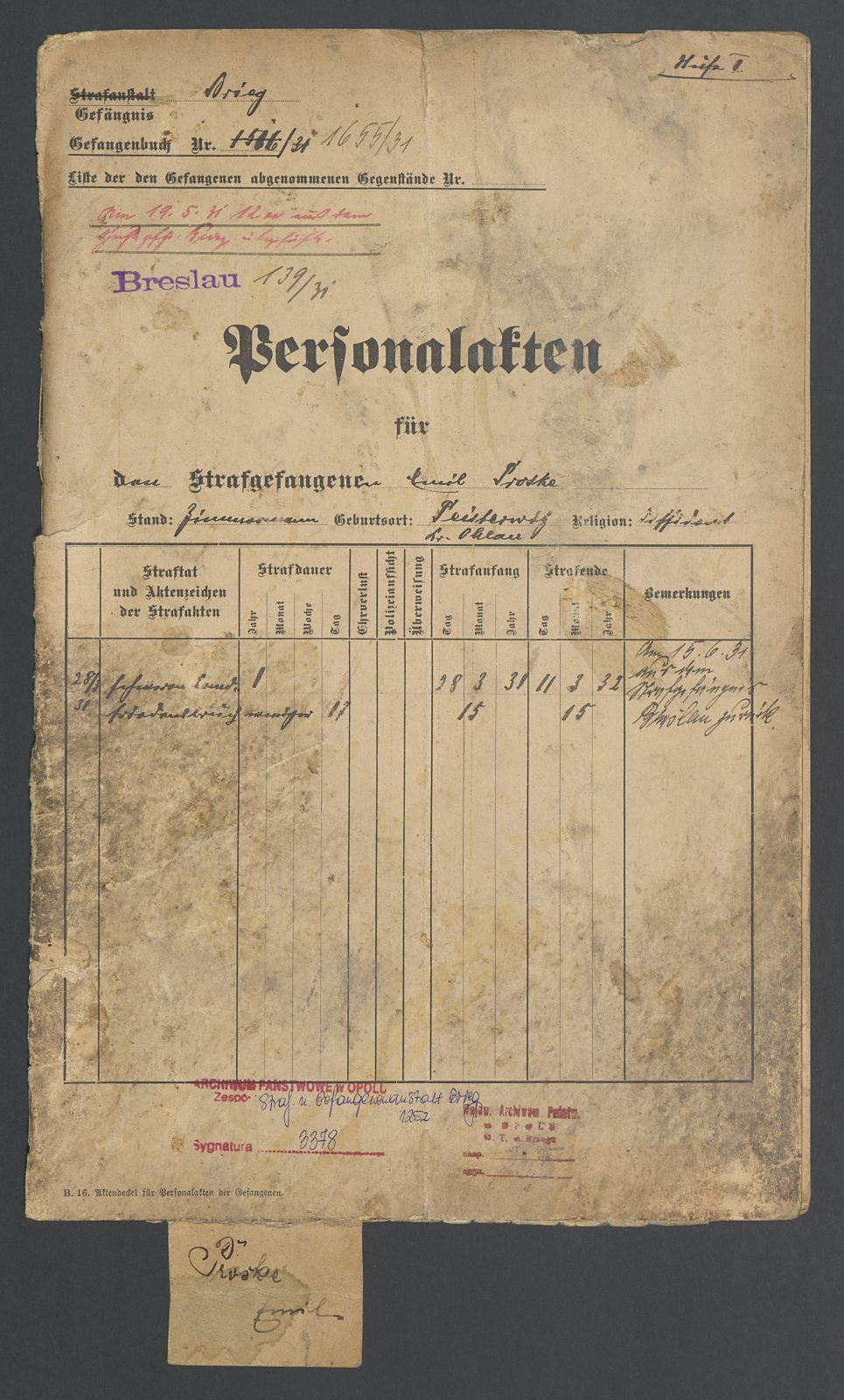
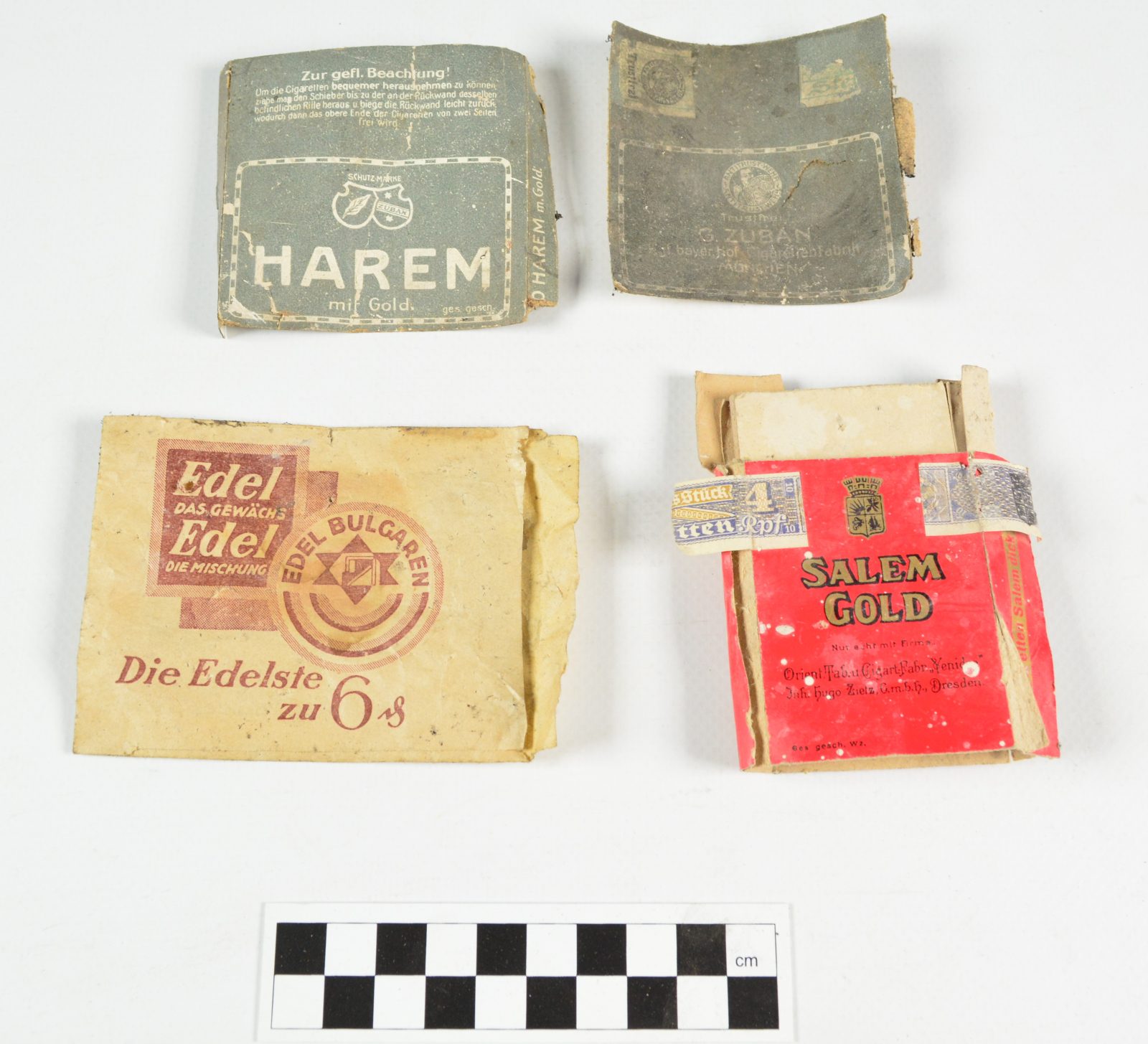
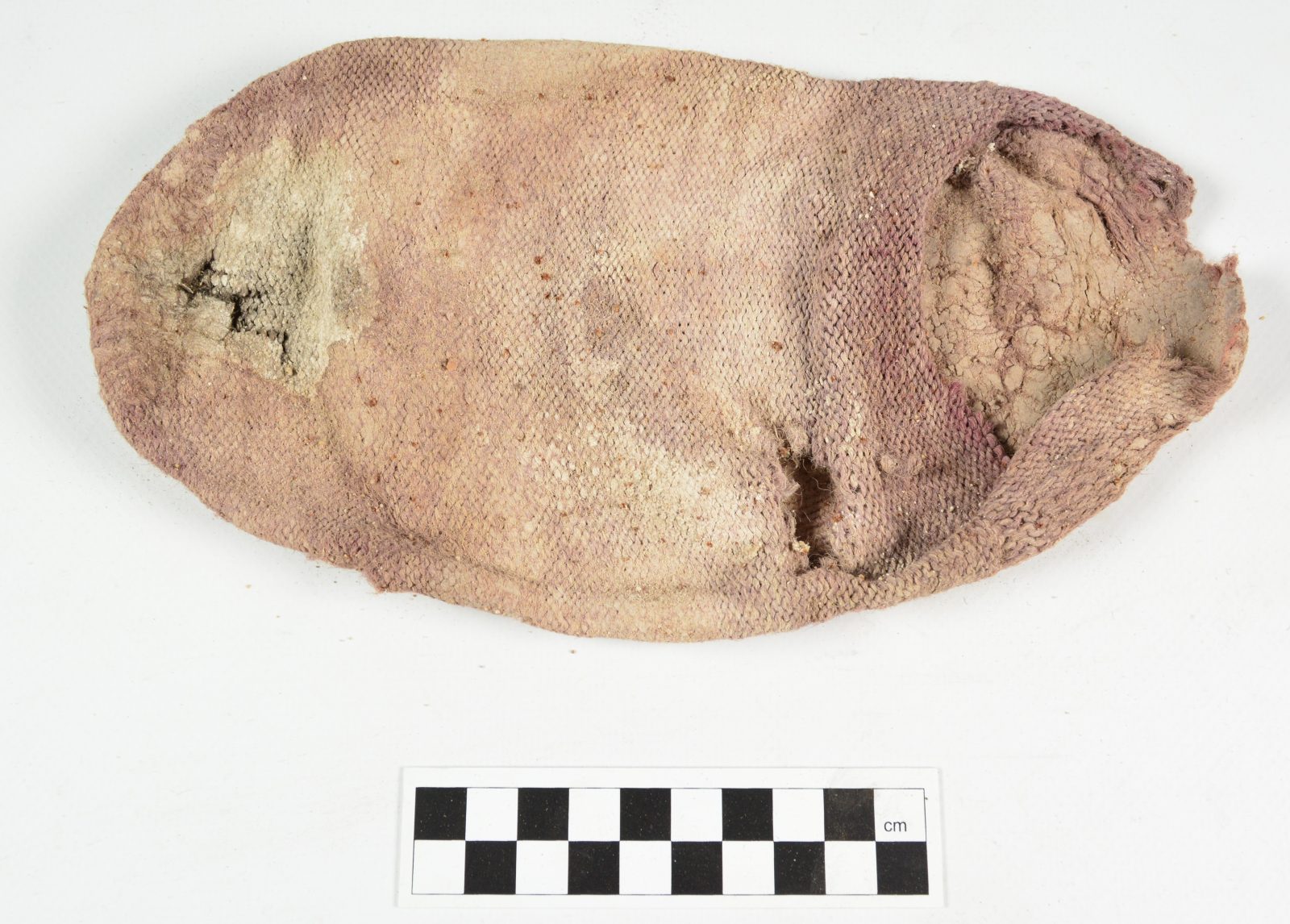
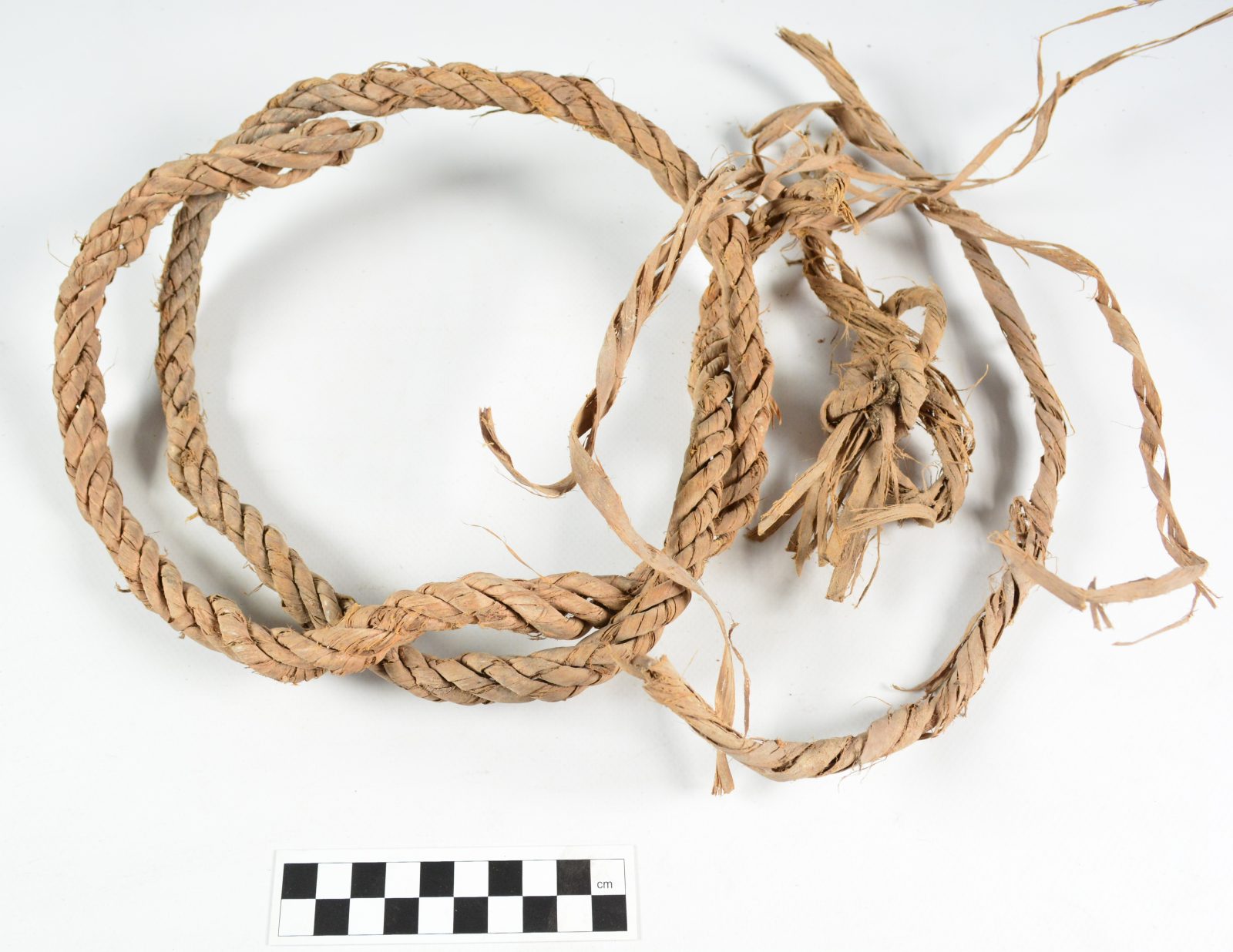
Author: dr Paweł Duma, Institute of Archaeology of the University of Wrocław
Date of publication: 3.02.2025
Added by: M.J.



